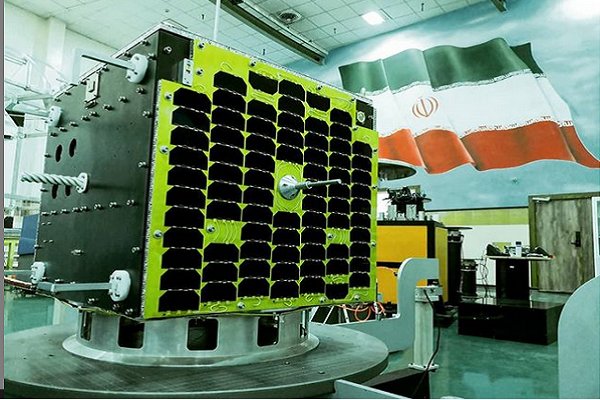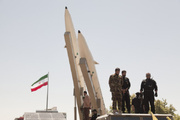“The conceptual design and the technological development the high-tech satellite has commenced and is envisaged to be completed within a year,” Ahmad Moradi told Mehr News on Monday.
“The cooperation contract for the second phase will be signed with the Telecoms Ministry right after the completion of the first phase,” he added.
Moradi added that the Payam 2 satellite will be missioned to send images with a resolution of less than two-meter, adding that it will be orbited in an altitude of 500km to 600km.
It will also fall in the category of 200kg satellites, he added.
In January 2019, Iran launched its Payam (Message) satellite into space with an aim to collect data on environmental change; however, technical problems that occurred during the final stage of the launch prevented the spacecraft from reaching orbit.
Iran's indigenous satellite launch capabilities first made headlines when the first locally-built satellite, Omid (Hope), was launched in 2009.
The country also sent its first bio-capsule containing living creatures into space in February 2010, using a Kavoshgar-3 (Explorer-3) carrier.
In February 2015, the Islamic Republic placed its domestically-made Fajr (Dawn) satellite into orbit, which is capable of taking and transmitting high-quality photos to stations on Earth.
Iran considers its space program a matter of national pride, and has said its space vehicle launches are for scientific purposes.
MR4961286
























Your Comment